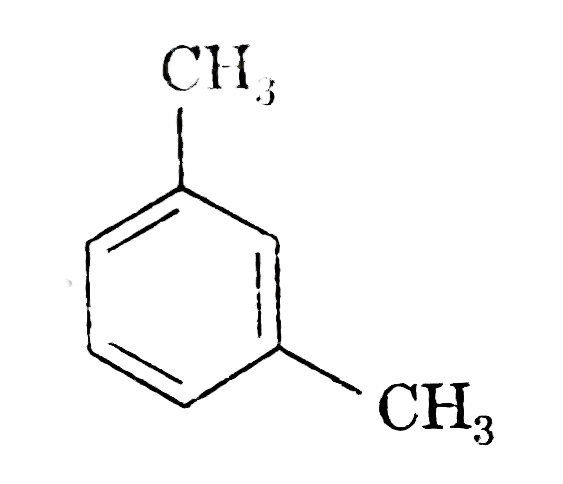NaH gives H2(g) on
Electrolysis
Reaction with H2O
Strong healing in air
All of these
To solve the question regarding how sodium hydride (NaH) gives hydrogen gas (H₂), we can break it down into steps:
1. Understanding Sodium Hydride (NaH):
- Sodium hydride is an ionic compound consisting of sodium ions (Na⁺) and hydride ions (H⁻).
- It is important to note that the hydride ion (H⁻) has a -1 oxidation state.
2. Electrolysis Process:
- When NaH is subjected to electrolysis, it dissociates into its constituent ions: Na⁺ and H⁻.
- Electrolysis involves passing an electric current through the compound, leading to oxidation and reduction reactions at the electrodes.
3. Identifying the Anode and Cathode:
- In electrolysis, oxidation occurs at the anode and reduction occurs at the cathode.
- At the anode, we need to identify which ions are available for oxidation. In the case of NaH, the hydride ions (H⁻) can be oxidized.
4. Oxidation of Hydride Ions:
- The H⁻ ions at the anode will lose an electron (oxidation) and convert to hydrogen gas (H₂).
- The half-reaction at the anode can be represented as:
2H−→H2(g)+2e−
5. Conclusion:
- Therefore, during the electrolysis of sodium hydride, hydrogen gas (H₂) is released at the anode as a result of the oxidation of hydride ions.
Final Answer:
NaH gives hydrogen gas (H₂) on electrolysis due to the oxidation of hydride ions (H⁻) at the anode.
---
- Sodium hydride is an ionic compound consisting of sodium ions (Na⁺) and hydride ions (H⁻).
- It is important to note that the hydride ion (H⁻) has a -1 oxidation state.
- When NaH is subjected to electrolysis, it dissociates into its constituent ions: Na⁺ and H⁻.
- Electrolysis involves passing an electric current through the compound, leading to oxidation and reduction reactions at the electrodes.
- In electrolysis, oxidation occurs at the anode and reduction occurs at the cathode.
- At the anode, we need to identify which ions are available for oxidation. In the case of NaH, the hydride ions (H⁻) can be oxidized.
- The H⁻ ions at the anode will lose an electron (oxidation) and convert to hydrogen gas (H₂).
- The half-reaction at the anode can be represented as:
2H−→H2(g)+2e−
- Therefore, during the electrolysis of sodium hydride, hydrogen gas (H₂) is released at the anode as a result of the oxidation of hydride ions.
NaH gives hydrogen gas (H₂) on electrolysis due to the oxidation of hydride ions (H⁻) at the anode.
Topper's Solved these Questions
Similar Questions
Knowledge Check

combustion gives CO2(g) and H2O(g).Find ratio of number of atoms O to H in product formed.A12B2110C196D92The reaction obey I order with respect to H2 and ICl both.
H2(g)+2ICl(g)→2HCl(g)+I2(g)
Which of the following mechanism is in consistent with the given fact ?
Mechanism A: H2(g)+2Cl→2HCl(g)+I2(g)
Mechanism B: (i) H2(g)+ICl(g)slow−−→HCl(g)+HI(g)
(ii) HI(g)+ICl(g)→HCl(g)+I2ABoth A and BBNeither A and BCA onlyDB onlyIn the redox reaction 2Na(s)+H2(g)→2NaH(s) reduction of which substance takes place ?
ANaBH2CBoth of themDNone of these
Statement-1. Electrolysis of NaH in the fused state liberates H2 at the anode.
Statement -2. NaH contains H− ions.
View SolutionName the class of hydrides to which H2O2,B2H6,NaH and LaH3 belong. What is understood by 'hydrogen gap'?
View SolutionIf pressure applied on the following reaction becomes four timesH2(g)+l2(g)⇋2HI(g) then
View SolutionThe action of H2SO4 on KI gives I2 and H2S Calculate the volume of 0.2MH2SO4 to produce 3.4gH2S
View SolutionThe H2O(g) molecule dissociates as
(i) H2O(g)→H(g)+OH(g),ΔH=490kJ
(ii) OH(g)→H(g)+O(g),ΔH=424kJ
The average bond energy (in kJ) for water is ____________ .
View Solution

